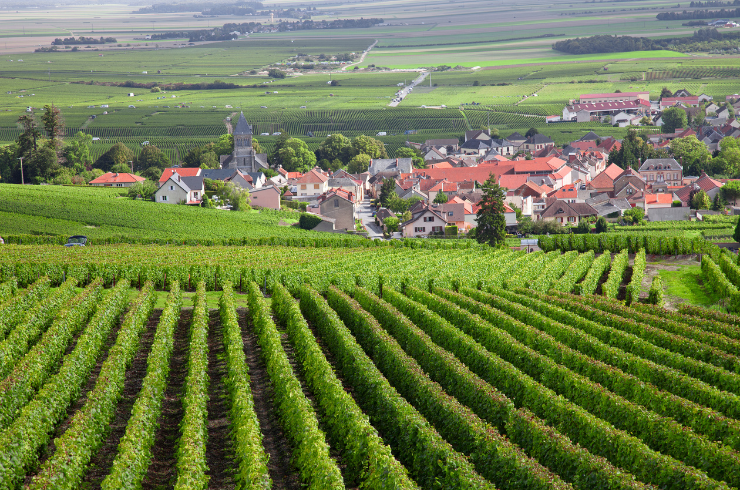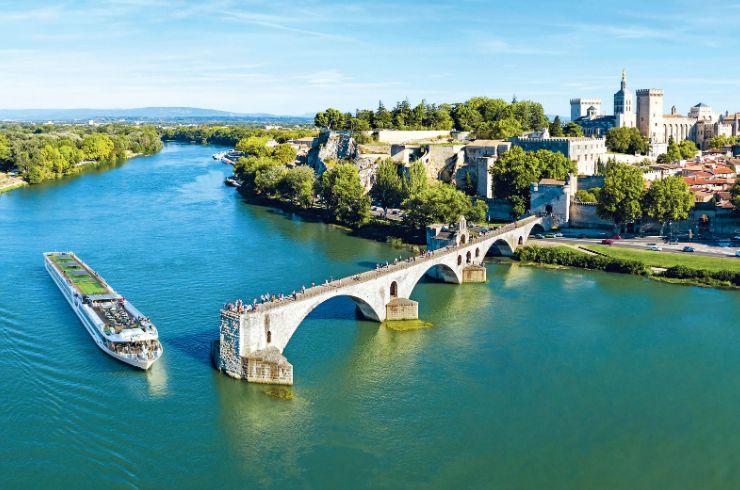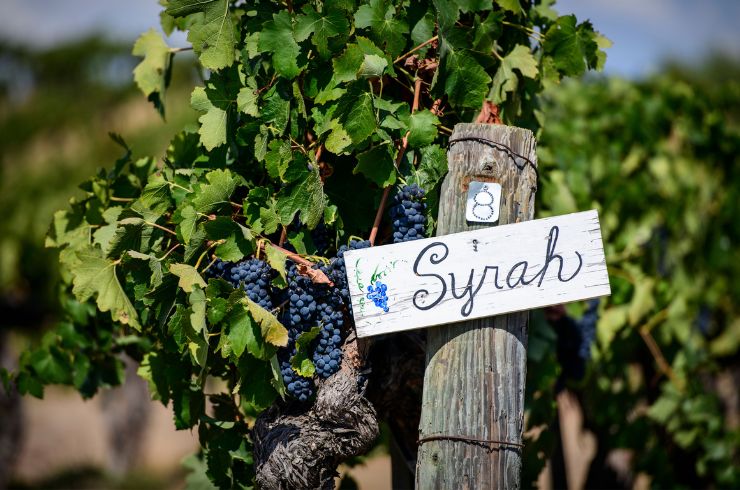The holistic nature of sustainability defies simple explanation or a single solution. Making sense of sustainability in the wine industry therefore requires cohesive and expansive practice – employing peripheral vision when it comes to tending the land to grow wine grapes, and making commercially viable wine from the harvested fruit. It’s a difficult equation that involves myriad environmental, economic and social factors, but it’s not impossible. McLaren Vale has taken a lead in this area, seeing an urgent need to put a more solid framework in place for defining and, more importantly, acting on sustainability issues of critical importance to the wine industry. McLaren Vale Grape Wine and Tourism Association has introduced Sustainable Australia Winegrowing (SAW) – the only self-assessment and certification program of its kind in Australia, built on research by Dr Irina Santiago-Brown. It’s an open-source program that can be applied to any wine region, designed to measure sustainable best practice through annual assessments. Importantly, the seven categories identify what can be done to improve sustainability, regardless of the type of farming system employed – certified or uncertified biodynamic, certified or uncertified organic, low-input conventional farming with Integrated Pest Management principles, or conventional farming.
1. Soil health, nutrition and fertiliser management
“Soil is not a miracle, so there is a need for big-picture understanding of each vineyard site,” Irina says. Beyond identifying soil type, thorough analysis also highlights relevant questions – is soil compaction or degradation a problem? Is weed control a manageable issue? How efficient is current fertiliser handling and storage, or the introduction of organic matter to the soil and cover cropping? “Measuring all these things enables a grape grower or winemaker to build up their own methodology according to each site,” Irina says. “It’s not for the SAW system to be prescriptive; it’s for individuals to understand what they are doing, and that things can be done differently.”
2. Waste management
This vast area of responsibility involves integrated planning, training, collection and recycling of materials, particularly the correct disposal of chemicals and containers. The key is to try minimising waste, which runs all the way through to discarded machinery, trellis posts and grape marc – the solid remains left after the pressing process. “For grape growers and many winemakers, it affects the place where we live, so care for it and work together to influence the whole district,” Irina says.
3. Water management
Beyond measuring the volume of water being used in a vineyard or winery, more specific questions need to be asked about appropriate water sources and quality, irrigation systems and maintenance, or irrigation planning and application to improve efficiency. “It is important to question how much water is necessary, and if you are unhappy with using too much, then do you take a radical step, like changing your grape varieties?” Irina also says smarter use of reclaimed water is important, but this is a regional issue that communities need to get behind. “To really embrace the big picture, a community may need a think-tank to enforce big change.”
4. Biodiversity management
Some grape growers view this in simplistic terms – such as having a bushfire management plan – but Irina says knowledge of this area needs to be greatly improved. It means a more critical assessment of appropriate cover crops, introducing woodlots and wetlands, and making them part of a regional network to ensure effective corridors of bird travel. It even trickles down to understanding the place of snakes and foxes on a property versus rampant rats and rabbits. “This system works when it is linked to the whole community, not just about what is on 'my' property,” Irina says. “True biodiversity needs systemic thinking to ensure real change.”
5. Pest and disease management
This aspect of farming can’t be ignored – especially with organic and biodynamic systems, where options can be very limited – but also in critical areas of pest prevention (such as phylloxera) that concern the entire industry. Problems therefore need to be identified and acted on quickly, which means that vines must be monitored and worked more thoroughly during the annual cycle. “Reading the conditions wisely ultimately saves money – whether that be prudent reading of a vineyard rather than habitual spraying, or understanding how little agrochemical spray is required due to the efficiency of the latest products.”
6. Social relations (among workers, community, wineries)
A business is unlikely to prosper unless it has healthy relationships with employees and contractors, but a bigger focus is winery relations within a community. “There is no way to have sustainability if people are not working together as a community with a shared purpose,” says Irina. “Relationships between growers and wineries need to be clear – identifying who has what power, and clearly understanding the quality-to-price axis. If all parties can improve their communication, they will get a better result.”
7. Economic sustainability
Successful business planning requires foresight, from considering succession plans to refreshed marketing and packaging strategies (which may include a switch to lightweight glass bottles). Wineries also need to consider what will affect future business performance; who will buy the grapes this year – and next year? Will the existing work practices still work into the future? Questions of whether responsibility equates to profitability, especially for power choices, are important. Wineries should also be doing the sums on green energy options and shopping around to be fully informed, so strategic choices are made that fit into a business’s total sustainability plan. This complex network builds a complete picture of how winemaking imparts influence on different vineyards and specific sites. “The system is about awareness and asking questions, so producers can develop a benchmark to assess themselves against other growers in their region,” Irina says. “It’s not about being exclusive and prescriptive, or urging everyone to eventually become organic, or biodynamic. Instead, it’s about being aware of the sliding scale that defines total sustainability – and the consequences of those choices.”
Irina doesn’t play favourites; she says all farming systems have inherent strengths and weaknesses, so the SAW program is about weighing up all the pros and cons against an idea of sustainability. “The key is understanding that sustainability does not exist in isolation,” she says. “It’s about building knowledge of what a grape grower or winemaker is doing now, and what can be done in the future. Monocultures do disturb the environment, so we must accept that sustainability involves producing, conserving and improving – and that this must be constantly addressed. It’s about working together within a region to make sustainability a bigger, common conversation.”
This originally appeared as 'Future perfect' in issue 39 of Halliday magazine.
Latest Articles
-
News
The power of perspective: Ryan Ponsford's Entropy
2 Dec 2025 -
Events
Halliday Wine Academy: Wine Immersion Tours
30 Nov 2025 -
Travel
Scenic's Southern France and Bordeaux river cruises are tailor made for wine lovers
30 Nov 2025 -
News
What’s in a name? The etymological origins of popular grapes.
30 Nov 2025



